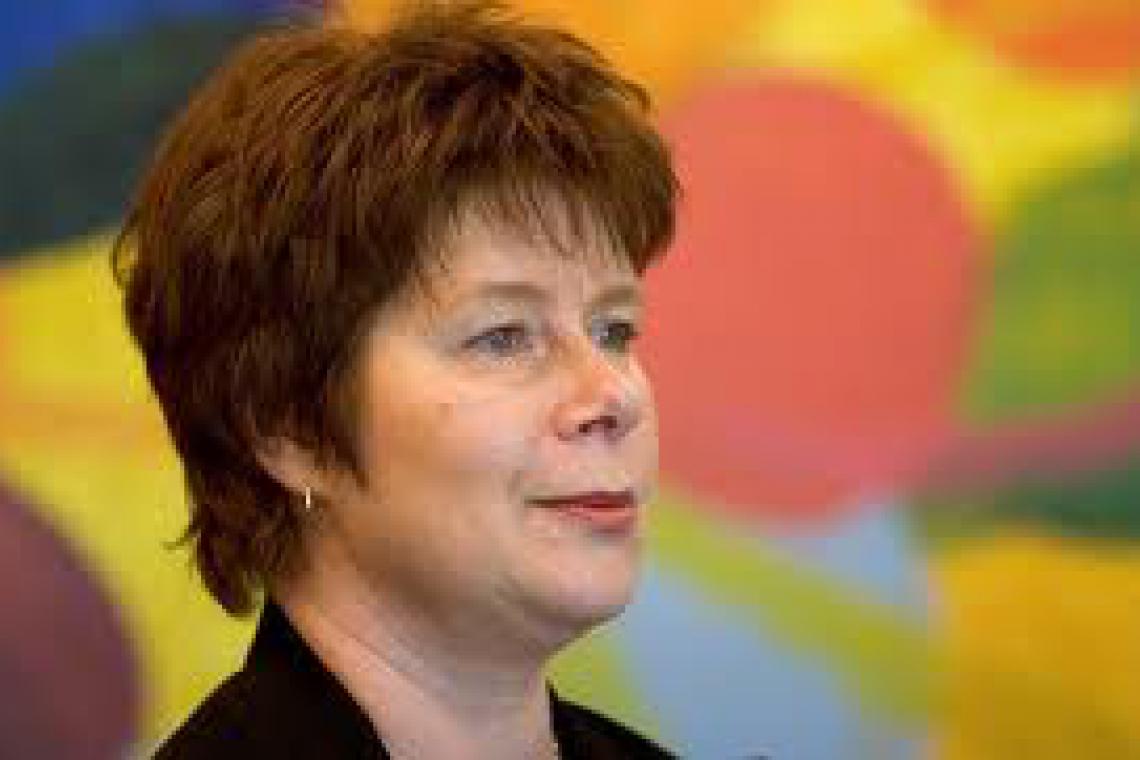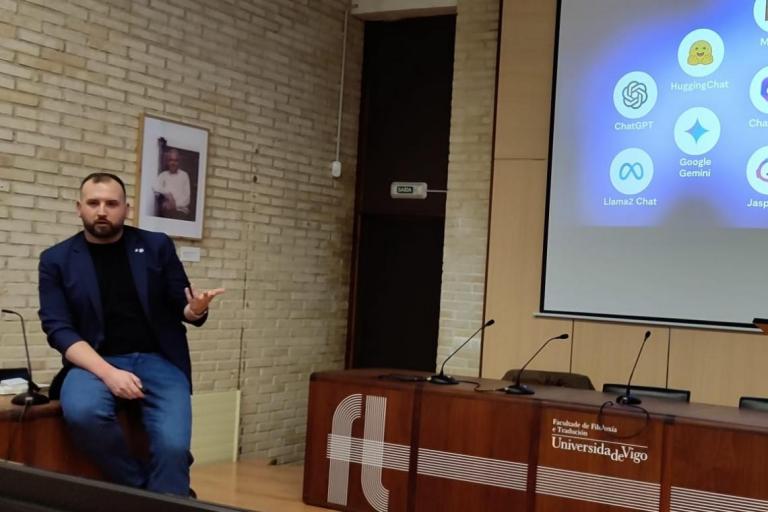On 29 October, Professor Päivi Pahta gave a seminar on Multilingual Practices in Writing at the Faculty of Philology and Translation. Prof. Pahta is full Professor of English Philology at the University of Tampere (Finland) and a collaborating scholar of VARIENG, the world-famous Research Unit for Variation, Contacts and Change in English. She was educated at the University of Helsinki and worked there as lecturer and also as a full member of VARIENG until 2007, when she obtained a position as research professor at the University of Jyväskylä and later, in 2008, a full professorship at Tampere. She was also a guest professor at the University of Vienna in 2010. She has published extensively on historical linguistics, corpus linguistics, scientific English, sociolinguistics and the globalization of English, and has compiled several corpora, such as the Corpus of Early English Medical Writing (John Benjamins). Her ongoing research in concerned with three research projects: (i) Scientific Thought-styles: The Evolution of English Medical Writing, with Irma Taavitsainen, hosted at the University of Helsinki, (ii) English in Finland: English in the Multilingual Practices of Finnish Texts, and (iii) Multilingual Practices in the History of Written English, a research project funded by the Academy of Finland for four years.
Prof. Pahta’s seminar in Vigo dealt with language alternation, also known as code-switching, a common communicative practice in bi- and multilingual communities. Whereas this phenomenon has been widely studied in speech over the past fifty years, mulilingual practices in written language have largely escaped the researchers' attention until quite recently. She focused on such practices particularly in writing in communicative situations where English is one of the participating languages. She discussed the formal and functional characteristics of language alternation in written texts from different communicative contexts. The examples examined during the seminar ranged from historical texts of the medieval and early modern period, where English frequently co-occurs in writing with Latin and French, to writings from present-day non-Anglophone European contexts, such as Finland, where English is frequently used as an additional communicative resource in contexts previously reserved for domestic languages only.







